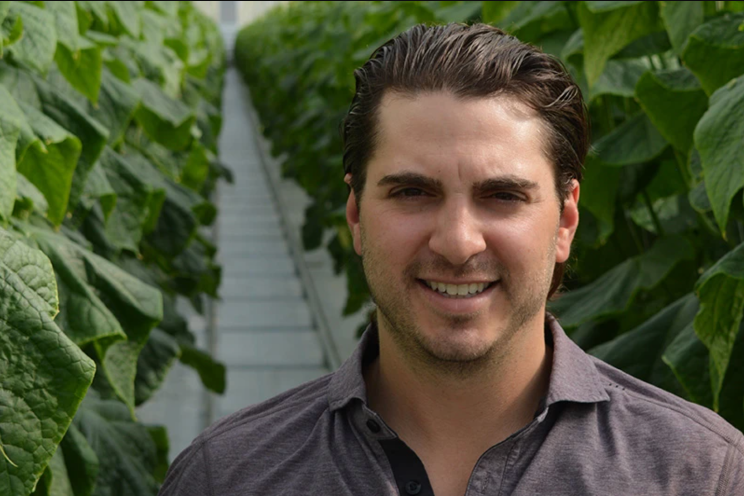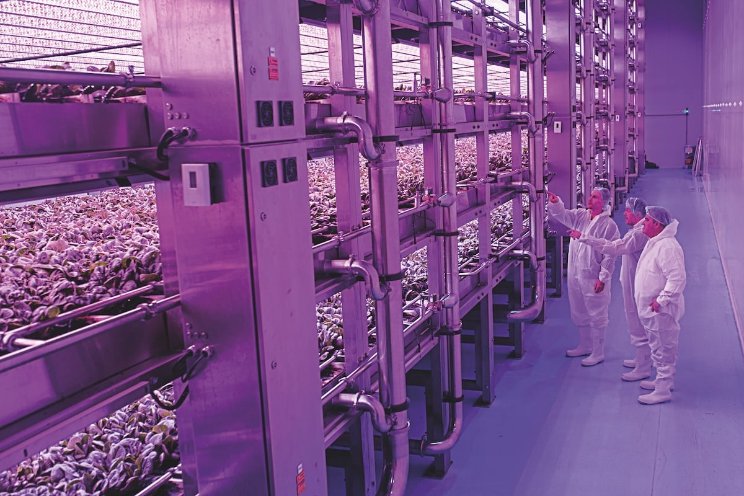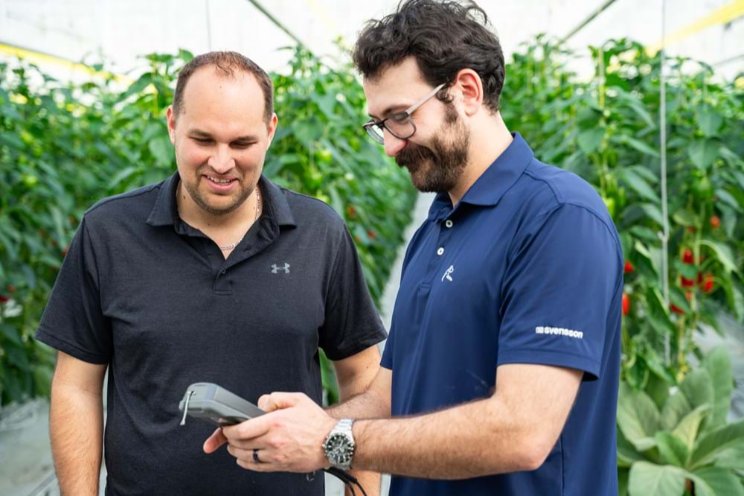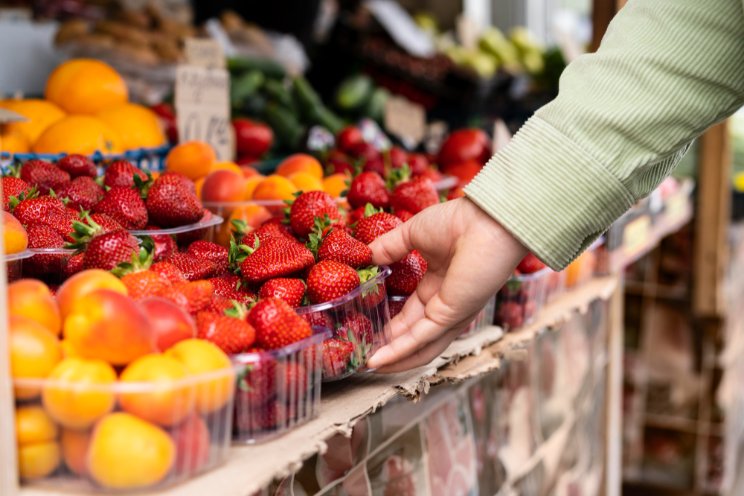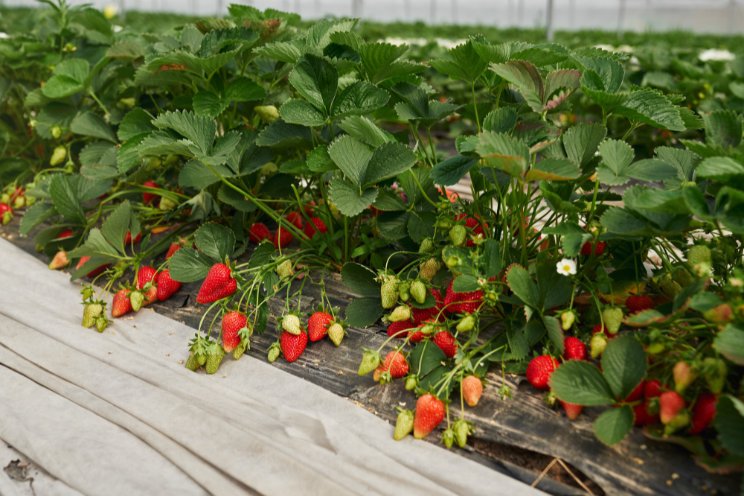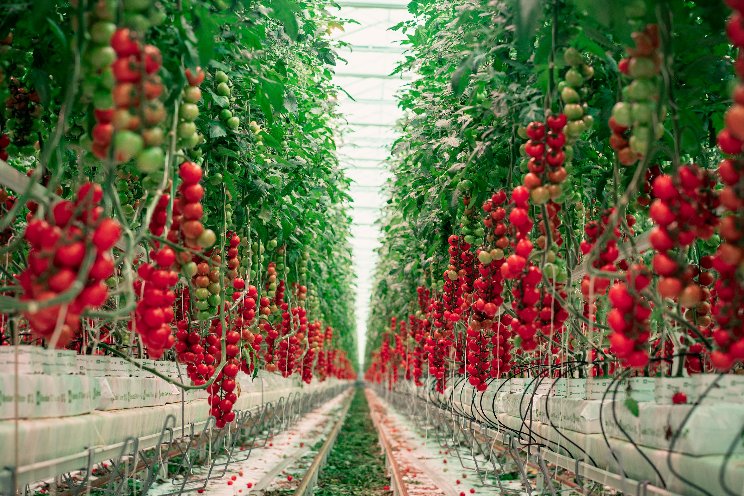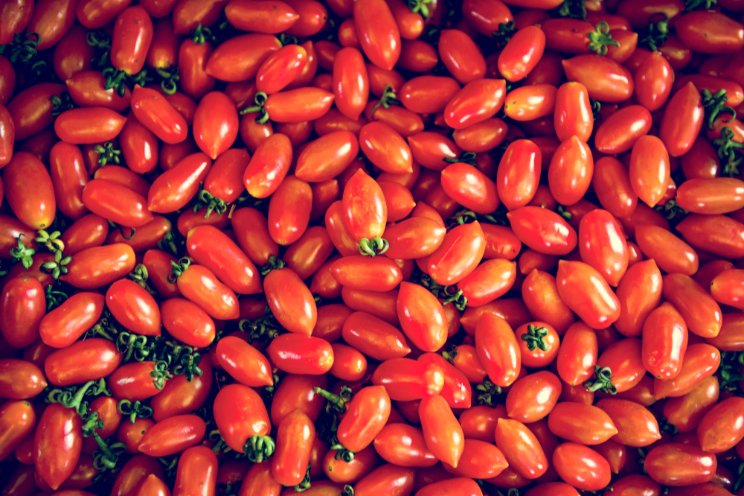How to grow tomatoes indoors like a pro
Added on 05 June 2020
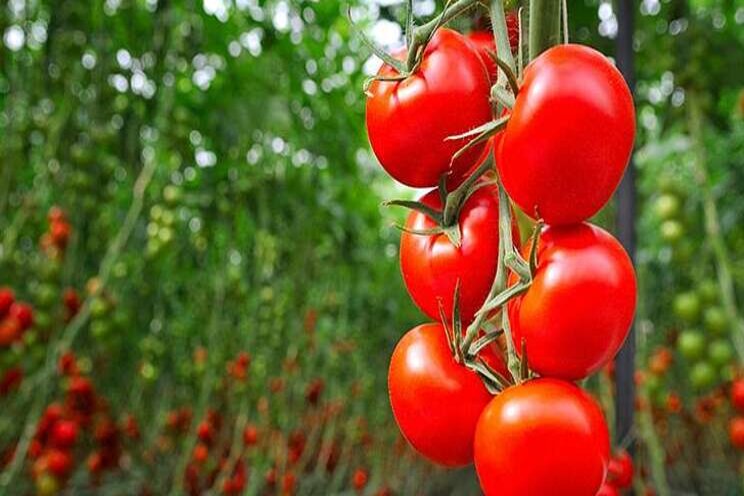
What You Need
Naturally, tomatoes grow in a warm climate. Their need for at least six or more hours of direct sunlight and love of heat are two reasons growing them indoors can be challenging. "Tomatoes are not a crop to just plant and forget until harvest time," LeHoullier tells us. "Many things can go wrong along the way if they aren't regularly cared for." Challenge accepted.
Even if you have experience growing tomatoes outdoors, indoor plants may take a bit longer to ripen than you're used to. But it also depends on the type of tomatoes you're growing. "There are lots of dependencies: the amount and quality of light—sun through a window, grow light—temperature and the specific variety of tomato. Small fruited types will always be quicker to mature than larger fruited varieties."
A tomato plant started indoors can continue to bear fruit all year long because it's not at risk of freezing. You just need to be diligent about taking care of it. "The best bet is to try a few different varieties and plant some seeds every two to three months," LeHoullier says. "That way, there will be opportunities to try new things, as well as start again from smaller plants if particular varieties become too large and difficult to support."
Here are the basic tools you'll need to grow tomatoes indoors:
· Starting trays (If you don't have seed trays, plastic containers or an egg carton can work.)
· Sterile, soilless planting mix (It has good drainage and doesn't carry fungal, bacterial or viral diseases that can destroy tomato plants like topsoil or garden soil.)
· Heat mat (It's technically optional, but it can help a lot in the germination stage.)
· LED grow light ("To grow tomatoes indoors would require a suitable artificial light source [with] temperatures at 75 to 80°F and a [plant] variety that will stay short," says LeHoullier.)
· A sunny window or spot in your house
· Water
· A large pot or container (Make sure it has good drainage.)
· Fertilizer
· Plant stakes (For bigger plants, upgrade to a cage or trellis.)
Types of Tomatoes to Plant
Most tomato plants can grow upwards of 10 feet, so the variety you choose to grow is important when you're limited inside. "The one type most appropriate for indoor growing without an extensive trellis system are so-called micro dwarf varieties, such as Red Robin, which will reach a foot tall or so," says LeHoullier. Tiny Tim is another popular choice, as are Mohamed, Yellow Canary and Florida Petite.
Growing micro dwarf tomatoes will take about 60 days from seed to plant, then another 50 until its tomatoes are ripe, so be patient and dedicated. They'll need a lot of consistent TLC and sunlight. Not enough sun = blah-tasting tomatoes.
How to Grow Tomatoes Indoors
Once you pick a consistently sunny, warm spot for your plant to grow, you're ready to get started.
1. Plant the seeds. Put a layer of soilless planting mix in a starting tray and dampen it. Plant the seeds (three or less per hole) Ľ inch deep and place the tray on the heat mat. If you don't have a heat mat, place the tray in a consistently warm place, like the top of the fridge. Don't worry about giving them light just yet.
2. Wait for the seeds to sprout. This is called germination.
3. After about one month, separate and transplant the seedlings into the large pot. Use the same soilless planting mix to surround the seedlings. Move them into the sunlight and set up the LED light above the plants for gray days and extra warmth in cold months. Be careful not to harm any of the roots when moving the seedlings.
4. Water them every few days or when the soil is dry. You should also fertilize the plants every two weeks after first moving them to the big pot, then weekly once small green tomatoes are showing.
5. Place plant stakes in the pots to hold up the vines as they grow. If the plants outgrow the pot, move them to a bigger one. "Use a short stake as support and tie the plant to it using twine," says LeHoullier. Always encourage your tomatoes to grow upwards.
6. Harvest the tomatoes before they're ripe. This reduces cracking (that's when they get an ugly white split down the side) and insect damage, because bugs are attracted to the smell of ripe fruit. Hold the tomato near the stem and twist it off the vine while it's still green. "If tomatoes are harvested at half to ľ ripeness with the top half, or just the shoulder area, still green and left to ripen on the kitchen counter, they will be fully ripe within a few days and the flavor will be the equal of vine-ripened specimens," says LeHoullier.
If you have summer tomatoes in the garden that you want to try saving from the cold, root a sucker or side shoot (aka vines that grow between the main stem and branches) from one of the outdoor tomatoes in a glass of water or damp planting mix indoors. Once roots grow, the plant is basically a clone of the original and can be moved to a pot. Just remember that smaller tomatoes will be easier to grow indoors, so if you clone a larger plant, gear up for more maintenance.
Care and Maintenance Tips
"Regular watering and feeding and frequent examination of the plants to alleviate emerging issues like foliage diseases and critter damage is very important," says LeHoullier. Here are a few more tips that will help keep your plants alive and robust:
· Do research or ask your local greenhouse about the variety of tomato you're growing. Each will have specific watering and feeding needs.
· Rotate the plants so they get consistent sunlight and grow evenly all the way around.
· When replanting seedlings, bury them up to the tiny hairs at the base. Those will become the roots.
· Check the dryness of the planting mix by inserting your finger up to its top knuckle. If it's dry, it needs water.
· Keep an eye out for bugs. Watch the plants for typical indoor pests, like white flies and aphids.
· Never prune micro dwarf varieties. But if you're growing indeterminate tomatoes (meaning vining plants that grow all season long, as opposed to determinate tomatoes that do all their growing in a short, fixed period), pruning the suckers is the only way to keep your windowsill from turning into a jungle. Pinch the suckers off with your fingers or cut them with pruning shears, leaving a small stem.
How to Store Tomatoes
If the tomatoes are already ripe or overripe, store them in the fridge. They'll last about two weeks there. Just be sure to let them get to room temperature before you eat them. This brings back some of the juice and flavor that the refrigerator takes away. Store them on the top shelf by the fridge door to keep them from getting icy.
If you're storing tomatoes that still need to ripen, leave them on the counter in a single layer without any touching for a few days until they're soft and plump. The fridge pauses the ripening process, so young tomatoes will never get juicy if they're kept cold. Put them in a paper bag on the counter to help them ripen even faster.
If you've already cut and used part of a tomato, store it in the fridge. Place it cut-side down on a paper towel and seal it in an airtight container. If you have lots of tomatoes at peak ripeness that you want to save from the trash, you can freeze them for about two to three months. The texture and appearance might be a bit mushy once they thaw, so use them for something like soup or sauce.
Source and Photo Courtesy of Yahoo Life, Purewow
Source: Yahoo Life
More news

